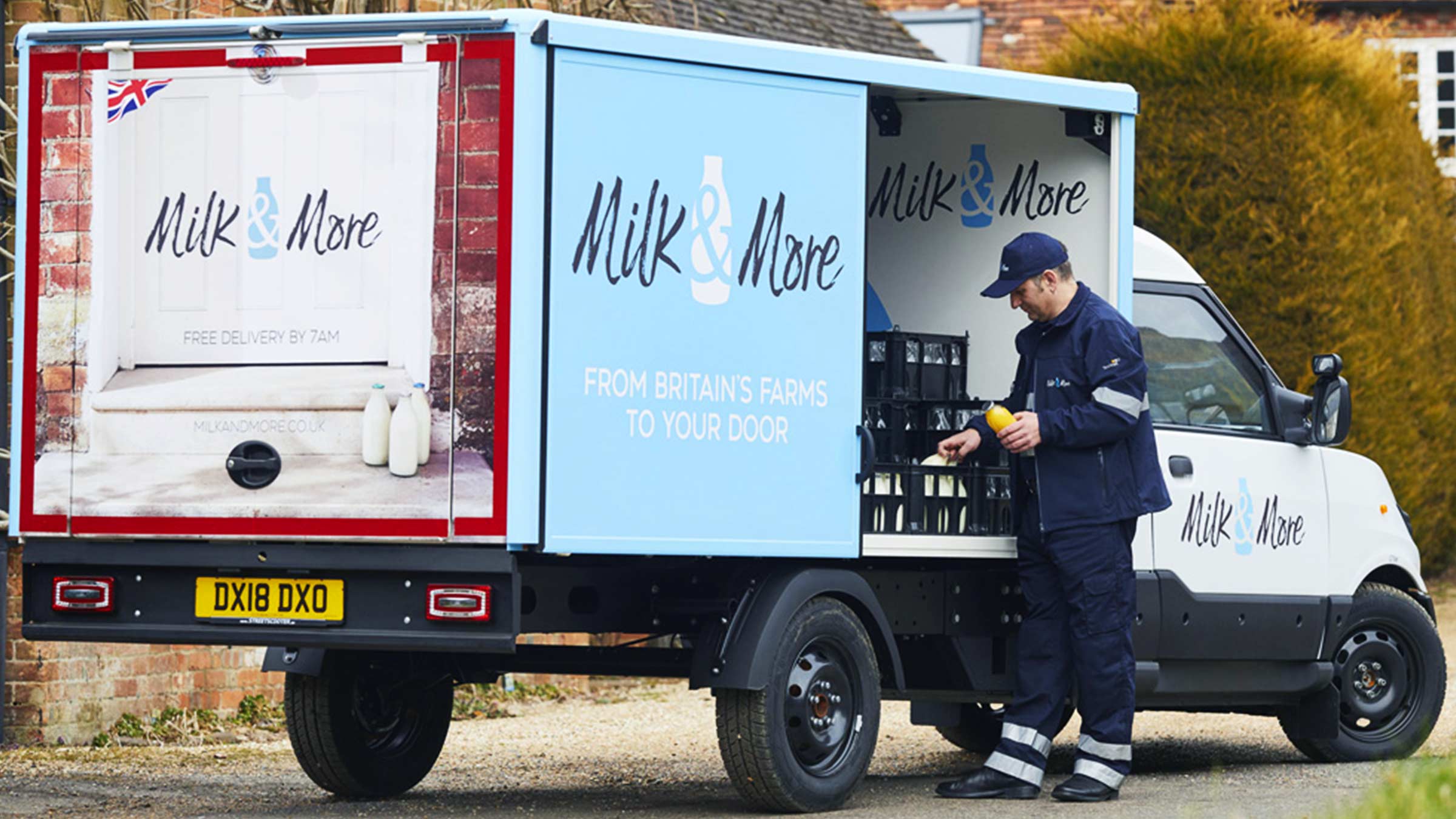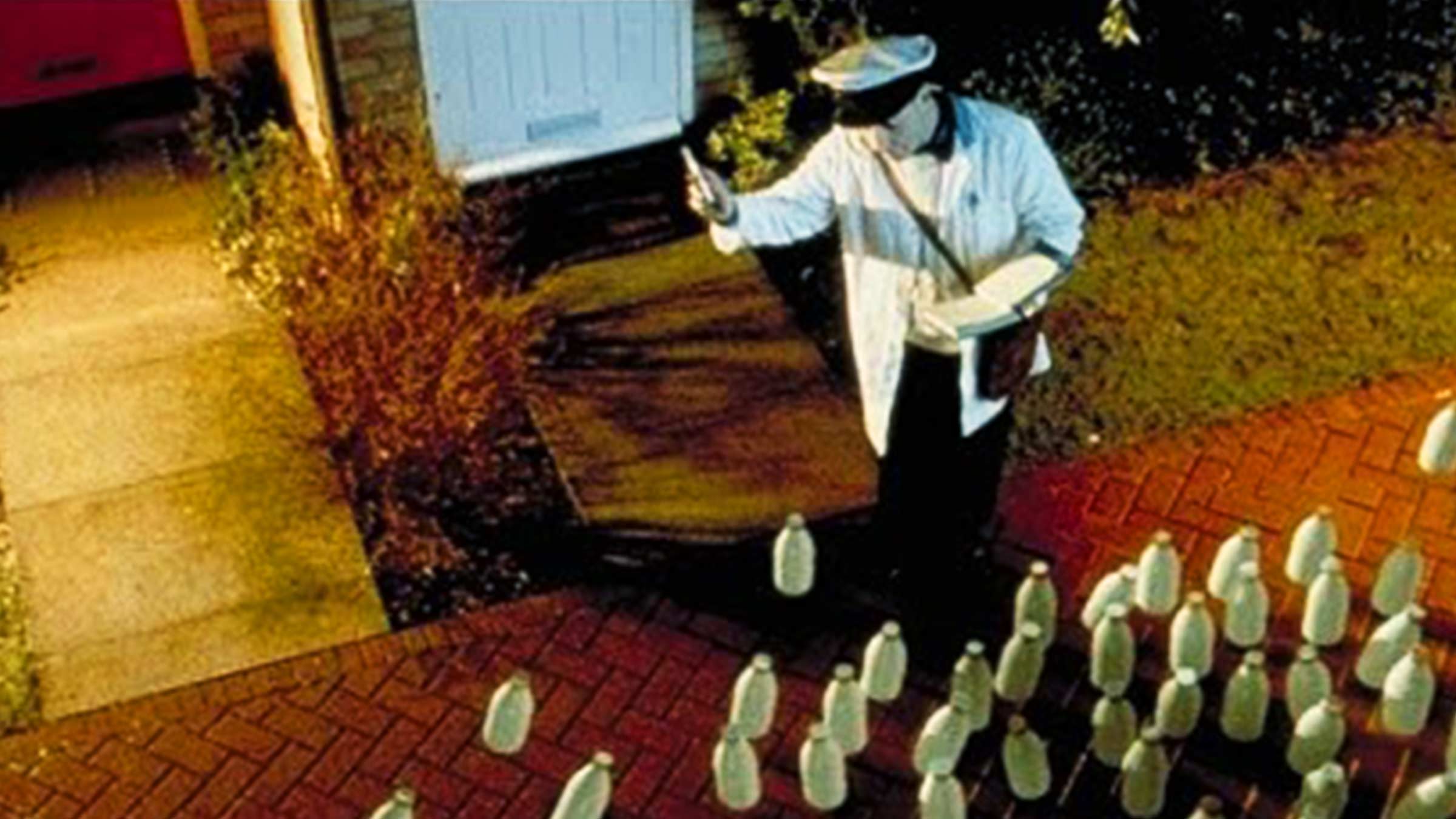It’s been a quarter of a century since the phrase ‘got milk?’ entered the zeitgeist. I grew up with ‘Accrington Stanley, Who Are They?’, and others at MBS have boasted similarly nostalgic memories of iconic milk advertising. The ‘got milk?’ tagline, coined on behalf of the California Milk Processor Board in 1993, became almost as ubiquitous as the product itself – making its way into the collective consciousness of millions of consumers across America. That campaign, along with others, served as a phenomenal category-builder to ensure milk was seen as an essential staple.
But today, the milk industry is facing significant challenges. Questions over the health benefits of milk are multiplying, dietary restrictions and intolerances are becoming increasingly prevalent, and more and more environmental and ethical concerns are being raised about the practice of dairy farming. The recent bankruptcy of American multi-billion dairy business Dean Foods is indicative of this, the company specifically citing “accelerated decline in the conventional white milk category” as the reason for its failure. In the UK, some estimates suggest that dairy consumption has fallen by 30% in the last two decades.
As conventional milk falls out of favour with consumers, new players are entering the space and appealing to a new environmentally-conscious, ethically-aware customer demographic. Alternative milks (or should I say m*lks – a 2017 EU court ruling determined that only liquid from animals can be called ‘milk’) are penetrating the market by providing plant-based options. Brands such as Oatly, Rebel Kitchen and Rude Health are disrupting the sector and seeing significant growth.

I caught up with Ishen Paran, UK GM of Oatly, to discuss how alternative milks are transforming the industry. “Oatly has been in the UK since the late 90s,” he tells me “but the plant-based category only really existed in the dusty ambient supermarket aisles and was very much focused on dietary requirements.” This is no longer the case: the alternative milk category has now established itself well beyond its initial position as a secondary option for those allergic to dairy.
Ishen cites the rise of social media as a key driver of growth in the market: “greater access to information has upped consumer awareness of the health benefits of plant-based products, and given people a greater understanding of conventional milk’s sustainability and animal welfare issues,” he says, “it’s really been taken to the next level”. Indeed, alternative milk is seriously challenging its meat counterpart, with many non-vegans opting for oat, soya or almond milk on a day-to-day basis. Sales of oat milk surged by more than 70% in 2018 and now global brands, such as Coca-Cola’s Innocent, have moved into dairy free drinks.
Oatly itself is storming the sector. Last year the brand turned over £18m in the UK, and this year that number is looking to rise to £36m, with the company anticipating a similar percentage of growth rate to come. Not many consumer goods brands have grown at that speed, and it’s a similar story for Oatly across the world in markets such as Germany, US and China. Regardless of the cultural differences, it is clear that this is a global phenomenon.
However, while milk alternatives are entering the space, there is also much activity among established brands which are innovating internally to avoid being left behind. One such example is FrieslandCampina. The Dutch multinational dairy co-operative has said that it is striving to “disrupt itself” – rather than be disrupted by the turbulent marketplace. In an effort to remain relevant among consumers, FrieslandCampina has established an internal accelerator, dubbed ‘the milkcubator’, to develop and launch products with the help of internal and external funding and coaches. Designed with a startup-esque focus on innovation, the milkcubator aims to get products to market in 13 weeks (as opposed to the corporate standard of 18 months). One success story of the milkcubator is the ice cream Melt. Low in calories but high in protein, and available to buy in gyms, on Deliveroo and on Dutch online grocery site Picnic, Melt represents a clear aim to remain relevant among a new generation of dairy consumers.

Cooperative-owned Arla also provides an interesting case study. The Danish milk business has international development high on its agenda. In recent news, Arla committed to scaling up its development programme in Nigeria, pledging to purchase, collect, process and bring local milk farmed by nomadic farmers to market in the region. These sorts of invaluable initiatives simultaneously benefit local communities and represent a new way of looking at the dairy industry, in a time when the sector is receiving more scrutiny than ever before.
Looking forward, it is clear that the milk industry is working hard at keeping fresh. But instead of evolving away from its roots, it might be worth looking back at where the sector has come from. Aside from the seminal marketing campaigns of eras gone by, having your milk delivered in glass bottles, for example, was the original subscription model. Community-driven, convenient and with recycling at its heart, it shares all the hallmarks of an innovative modern business model. Companies such as Milk&More have recognised this and are reviving milk delivery for the modern consumer – offering daily deliveries of glass bottled milk as well as bakery products and groceries.

From a talent perspective, we’re beginning to see these changes manifest in cross-sector pollination. World-class marketers, challenger brand builders and digital natives with D2C acumen are flocking into this dynamic sector from a variety of centres of excellence. Whether by capitalising on the consumer love of nostalgia, or looking forward with ground-breaking innovation, value is certainly being poured back into the milk category…








